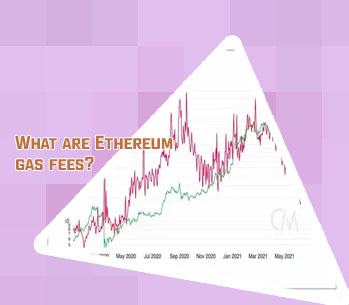Understanding Ethereum Gas Fees: A Comprehensive Guide Maximize Your Ethereum Transactions with Gas Fee Optimization Techniques
Understanding Ethereum Gas Fees: A Comprehensive Guide
Ethereum gas fees have become a significant topic of discussion within the cryptocurrency community, especially as the popularity of decentralized applications (DApps) continues to grow. Gas fees refer to the transaction fees required to successfully execute operations on the Ethereum network. In this comprehensive guide, we will delve into the intricacies of Ethereum gas fees and provide a detailed understanding of how they work.
Gas fees are calculated based on the computational power required to execute a specific operation on the Ethereum network. This computational power is measured in gas units, with each unit equivalent to a specific amount of Ether. The higher the complexity of the operation, the more gas units will be required, resulting in higher gas fees.
One important aspect to consider when dealing with gas fees is the concept of gas limit and gas price. The gas limit refers to the maximum amount of gas units a user is willing to spend on a transaction, while the gas price determines the cost per gas unit. By adjusting these parameters, users can prioritize their transactions based on their urgency and budget.
Understanding Ethereum gas fees is crucial for anyone looking to engage with DApps or execute transactions on the Ethereum network. By gaining a comprehensive understanding of how gas fees work, users can make informed decisions to optimize their transactions and minimize costs. This knowledge is essential
Maximize Your Ethereum Transactions with Gas Fee Optimization Techniques

Ethereum, one of the most popular cryptocurrencies, operates on a blockchain network that requires users to pay a fee known as gas in order to process transactions. Gas fees can vary depending on network congestion and user demand, making it crucial for Ethereum users to optimize their transactions to minimize costs and maximize efficiency.
One effective technique for optimizing gas fees is to carefully consider the gas price and gas limit when sending transactions. The gas price determines how much a user is willing to pay per unit of gas, while the gas limit sets the maximum amount of gas that can be used for a transaction. By setting the gas price at an optimal level and adjusting the gas limit based on the complexity of the transaction, users can ensure that their transactions are processed quickly and cost-effectively.
Another important aspect of gas fee optimization is to avoid unnecessary or redundant operations in smart contracts. By streamlining the code and reducing the number of computational steps required for a transaction, users can significantly reduce the amount of gas needed to execute the transaction.
In conclusion, optimizing gas fees on the Ethereum network is essential for minimizing costs and maximizing transaction efficiency. By carefully setting the gas price and gas limit, as well as optimizing smart contract code, users can ensure that their transactions are processed quickly and cost-effectively.